IS CANADA BUILT ON GENOCIDE?
Welcome to the last post of this series. I’ve written them in the hope of sharing with you Canada’s real history with Indigenous peoples. And I have one more important reason for writing. I want you to understand Jay Soule, aka CHIPPEWAR’s installation Built on Genocide at the Harbourfront Centre.
The theme of Soule’s installation is genocide. Yes, genocide. Not a word you throw around lightly, but I think if you’ve read all of my posts, that you’ll understand why it is used.
The UN defines genocide as “any of the following acts committed with intent to destroy, in whole or in part, a national, ethnical, racial or religious group by killing members of the group; causing serious bodily or mental harm to members of the group; deliberately inflicting on the group conditions of life calculated to bring about its physical destruction in whole or in part; imposing measures intended to prevent births within the group; forcibly transferring children of the group to another group.”
Convention on the Prevention and Punishment of the Crime of Genocide, Article II, The Genocide Convention, 1948, The United Nations.
Does any of that sound familiar?
North America was once a thriving and diverse continent that was destroyed by colonization. And when I say colonization, I don’t just mean the 16th and 17th centuries when Europeans first arrived in North America. I mean the ongoing practices aimed at assimilating and killing Indigenous peoples and their cultures. There are more colonial acts of genocide that I haven’t covered in this series. I hope what I have shared helps you understand the harm the Crown and the Canadian government have had, and continue to have, on the Indigenous peoples of North America.
Now that you have learned about real Indigenous history and genocide enacted through colonialism, I’m going to shift our focus to CHIPPEWAR. When I first was approached to do this project, I was very excited to be working with an artist I admired so much. I had seen his vendor stand at pow wows and have since been keeping up with his work through Instagram @CHIPPEWAR.
About the Artist
As an artist, he goes by the name CHIPPEWAR as it signifies his Chippewa heritage, the importance of the warrior in Chippewa tradition, and because it highlights the ongoing hostile relationship between Indigenous people and the Canadian government.
This hostile relationship is often explored in his works which have included everything from billboards to paintings. He began his career as a body piercer and began tattooing in 2001.
He was a tattoo artist in America, England, Australia and Canada where he eventually opened his own shop Armoured Soul Tattoo, Piercings and Art Gallery in 2005 on Queen St West.
It was during the Idle No More movement in 2012 that Soule was inspired to create art with a message. As a survivor of the 60s Scoop (wherein the Canadian government took Indigenous kids from their communities so they could be adopted into White families). Soule grew up without access to his Indigenous culture. Through Idle No More and the Assembly of First Nations election that coincided with the movement, Soule began the journey of regaining the culture that had been stolen from him.
Learn More about the Sixties Scoop
In the case of Aboriginal mothers, stories of government involvement in family life often go back generations. The legacy of removing children from their families and communities, first through the residential schools, and then through the child protection system, continues to impact the lives of these mothers, their children and their grandchildren.
—Pivot Legal Society, Broken Promises
Read more in Indigenous Foundations
- Watch Birth of a Family on CBC Gem to learn about the story of three sisters and a brother, removed from their young Dene mother’s care and adopted as infants into separate families across North America, meet together for the first time
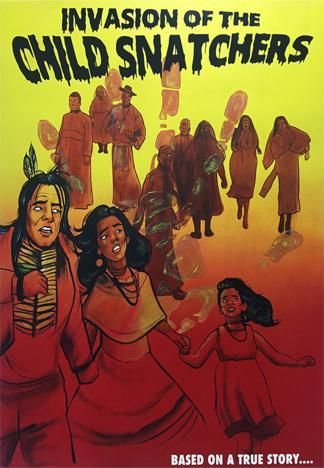
Soule posted his first public art piece, a billboard at Queen and Gladstone, in 2014. The public notice read “Did you know in Canada there are 1181 missing and murdered Indigenous women and girls #InquiryNow and #MMIW”.
He created the piece in response to then Prime Minister Stephen Harper stating that the missing and murdered Indigenous women were not “high on our radar”.
Infuriated by Harper’s statement, Soule channelled his anger into a public statement.
Many of Soule’s pieces combine the potency of his anger with the intention to spread awareness of Indigenous realities in Canada.
After his first MMIW billboard, Soule applied his anti-colonial messages to other mediums. He created “Anti-Canada 150” stickers to protest the colonial celebration of Canada’s 150 years since Confederation and later created “not so Funny Money” stickers that had anti-Indigenous quotes from Canadians featured on bills.
One quotation from John A. MacDonald delivered in the House of Commons in 1882: “We are doing all we can, by refusing food until the Indians are on the verge of starvation, to reduce the cost”. These stickers were applied to Canadian bills to demonstrate the depth at which anti-Indigenous policy has been essential to the Canadian state.

Soule’s next project was parody movie posters featuring Indigenous people and Indigenous themes such as “The No Breakfast Club,” “Bride of Frankensioux,” and “Terminative”.
The posters drew attention to the lack of Indigenous representation in the media, as well as the lack of consultation and involvement of Indigenous peoples on screen.
Many of Soule’s movie posters were translated into apparel sold on the pow wow trail and later in Soule’s Queen West store, CHIPPEWAR Nation.
Explore and buy at his online store https://chippewar.com
Soule’s work came full circle in 2019 when he was asked to create a promotional poster for Jeff Barnaby’s 2019 zombie film Blood Quantum.
Like Soule’s own work, Blood Quantum
explores colonialism through a horror-sci-fi lens using the concept of “blood quantum”, a common colonial tool to define Indigeneity.
Finally, there was a real movie to go alongside Jay’s posters.
Over the course of the pandemic, Soule’s recent work continues to explore anti-colonial themes through social media. His “Scooped” series explores the 60s Scoop, drawing on his own experiences to highlight the impacts of the ongoing colonial policy of removing Indigenous children from their communities. His series of mock cleaning products, “Mr. Genocide Magic Eraser, Reconciliation Brand S.Y.S. Save Your Soul Scrubbing Pads, and Colonization- KILLS 99.99% OF CULTURE!! Bleach,” highlight the quick fixes often applied in the name of reconciliation and resulting in continued policies of assimilation.
Although in-person events have mostly stopped due to the pandemic, Soule has continued creating art to express his own feelings toward the ongoing genocide of Indigenous people.
I hope that through this series I was able to guide you through Indigenous history and CHIPPEWAR’s artistic work so that you can view his exhibit and understand the intent of the piece. I’ve tried to cover enough topics to give you all a good understanding of Indigenous history and how it was impacted by colonialism and colonial violence. There are far more facts, stories, and examples beyond what I have shared in these short blog posts. I’m far from the definitive expert and I encourage you to read other authors and continue to learn. I hope what I have shared will push you to question what you know, what you were taught, and what you were told. I hope you will make space, listen and be open to Indigenous viewpoints. Thanks for reading, Mnawaate signing off!
Jay Soule | CHIPPEWAR’s installation Built on Genocide
opens September 22nd at Ontario Square, Harbourfront Centre in Toronto.
About the Author
Mnawaate Gordon-Corbiere is Grouse clan and a member of M’Chigeeng First Nation. She is Ojibwe and Cree. Born in Toronto and raised in M’Chigeeng, in 2019 she obtained her BA in History and English from the University of Toronto. Since graduation, she has been working in the heritage sector with a focus on Indigenous history.
Her most recent project was working as a co-editor for the historical anthology Indigenous Toronto: Stories that Carry This Place released in spring 2021.
About Built on Genocide
Built on Genocide is a large-scale installation by multidisciplinary artist Jay Soule | CHIPPEWAR, reflecting the events and policies throughout Canada’s history that have deliberately undermined and destroyed Indigenous livelihoods.
The work is influenced by the mass genocide of the buffalo as a result of the colonial railway expansion. The buffalo decimation is an underacknowledged but foundational aspect of “Canadian” history, with consequences that persist today. Built on Genocide will address the direct correlation between the genocide of the buffalo and the genocide of Indigenous peoples in Canada.
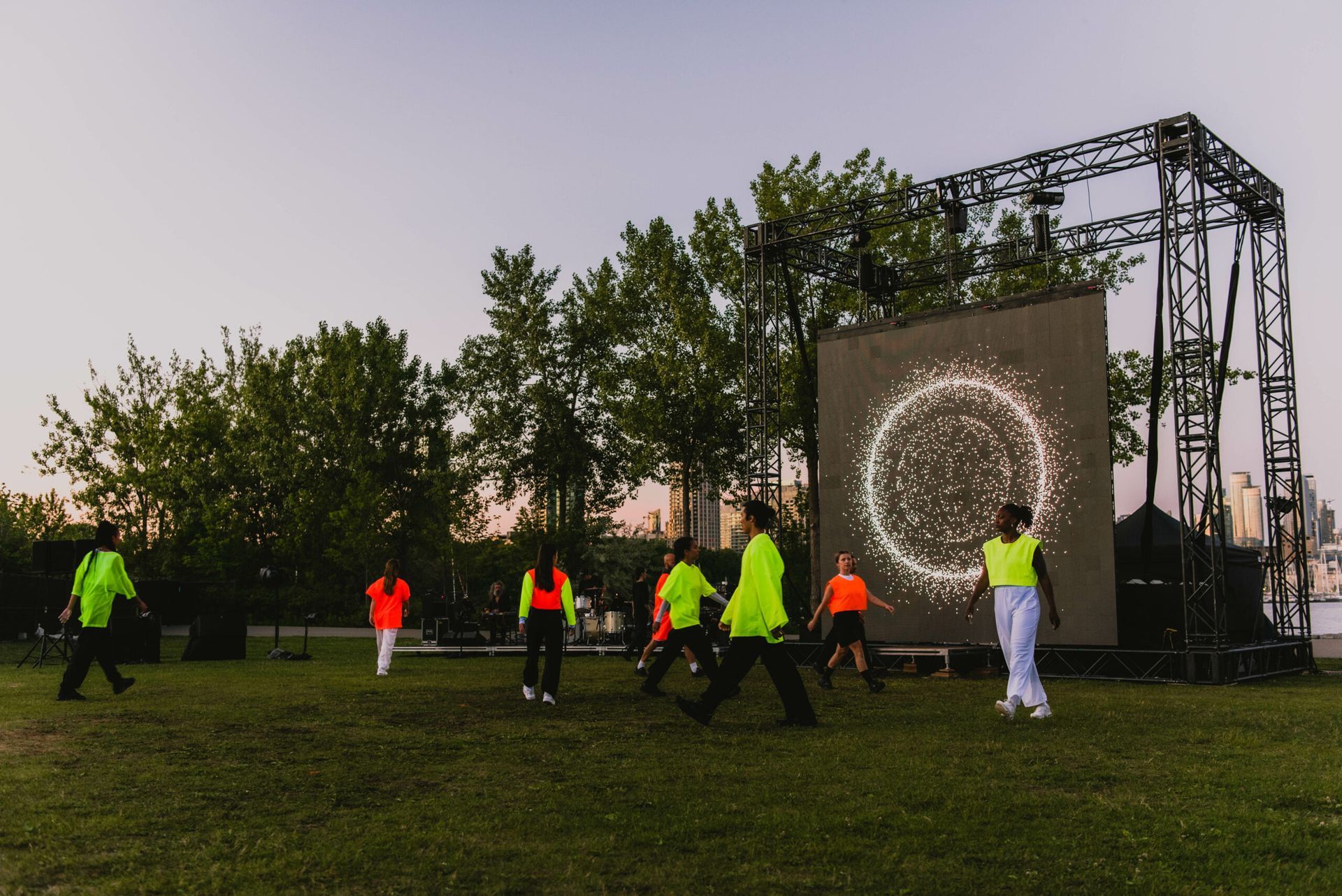
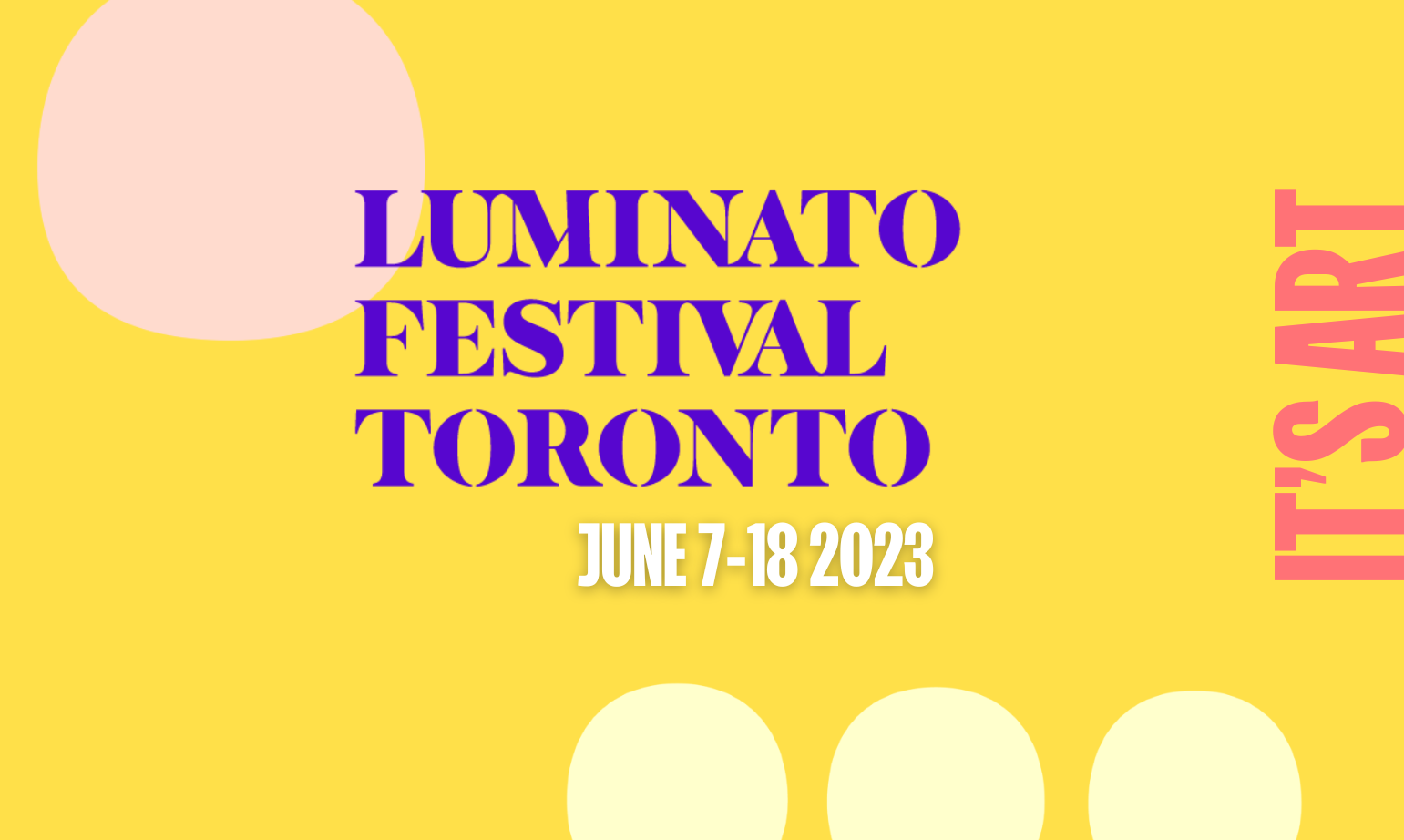
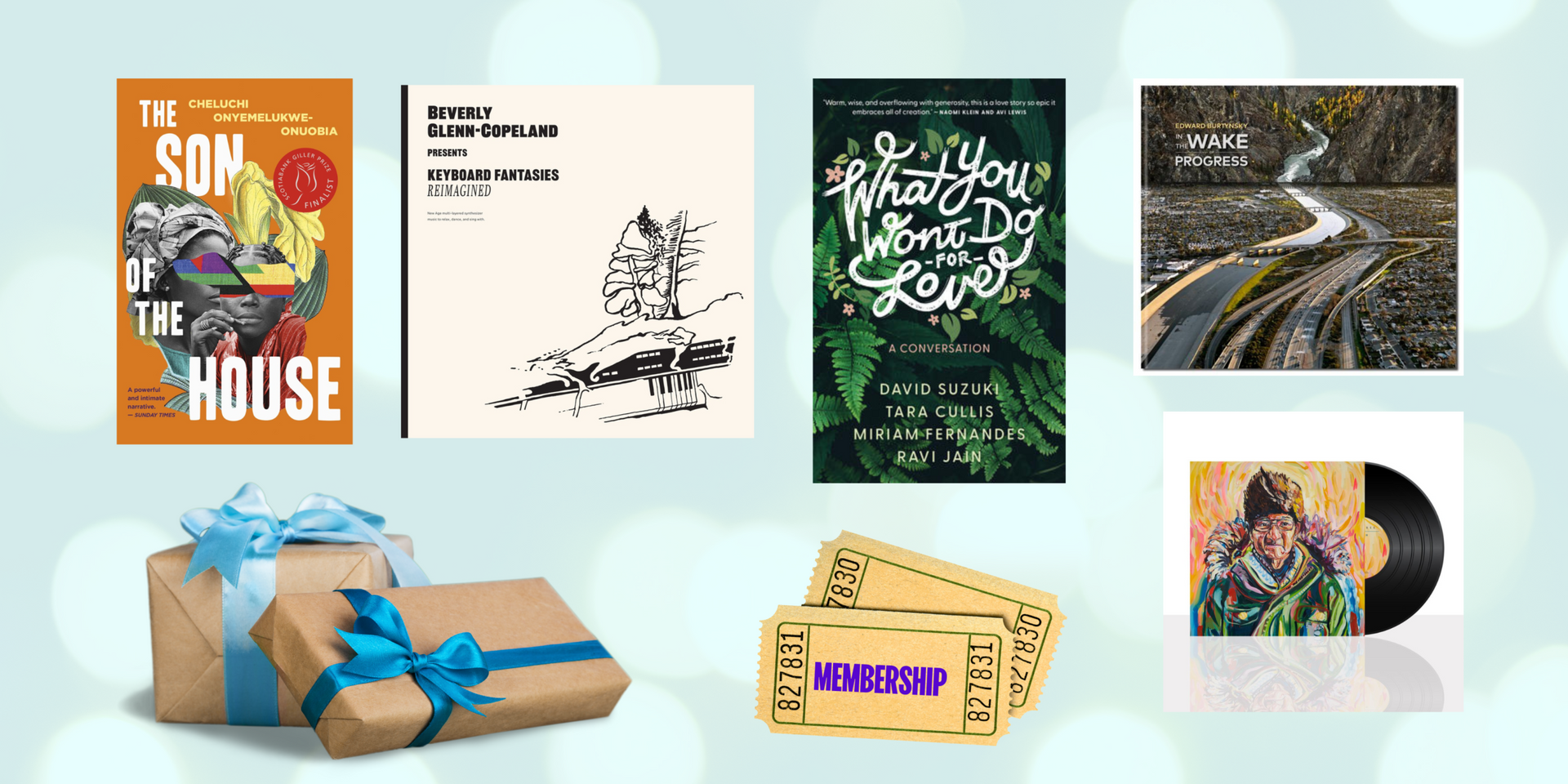
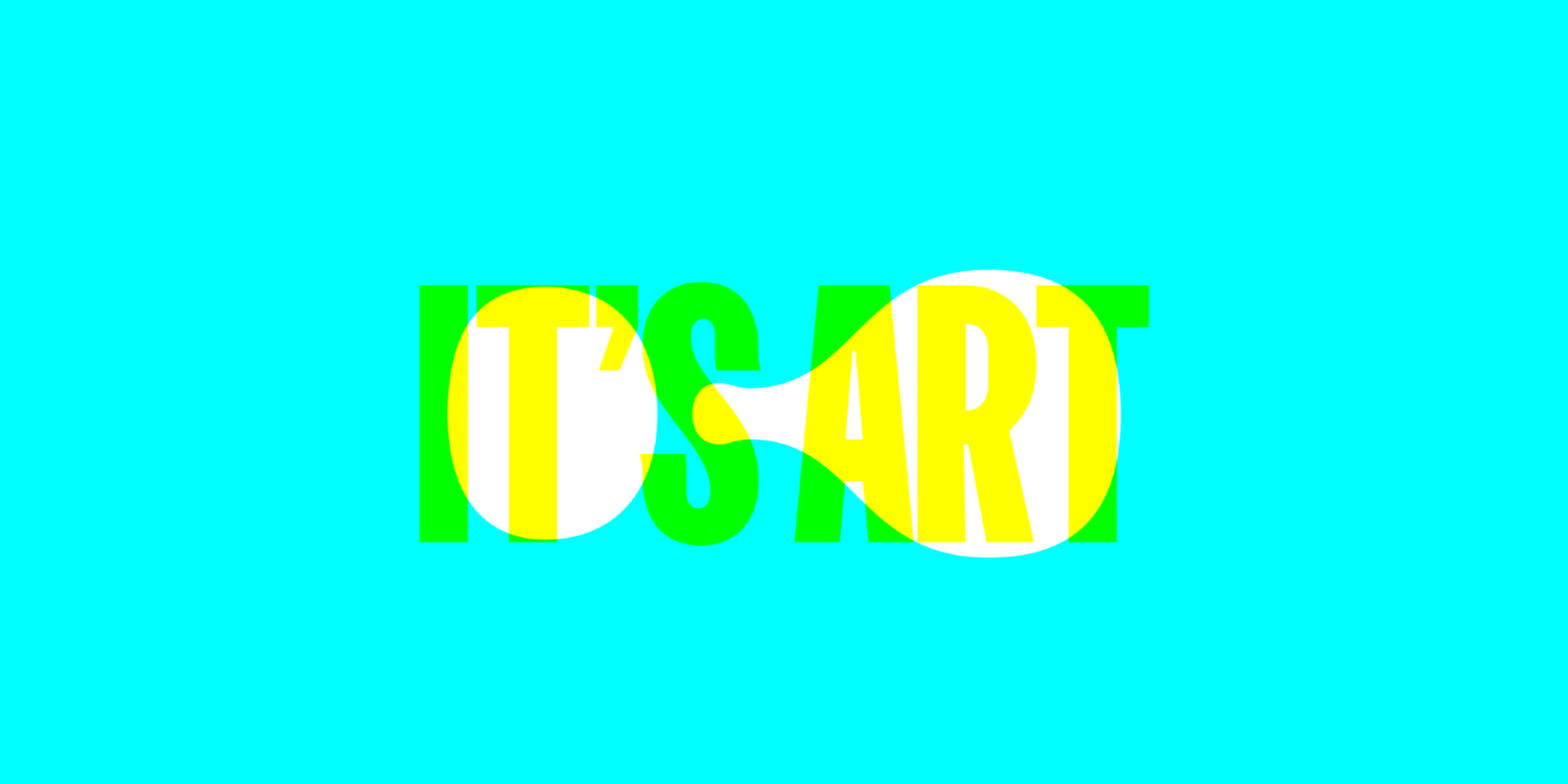
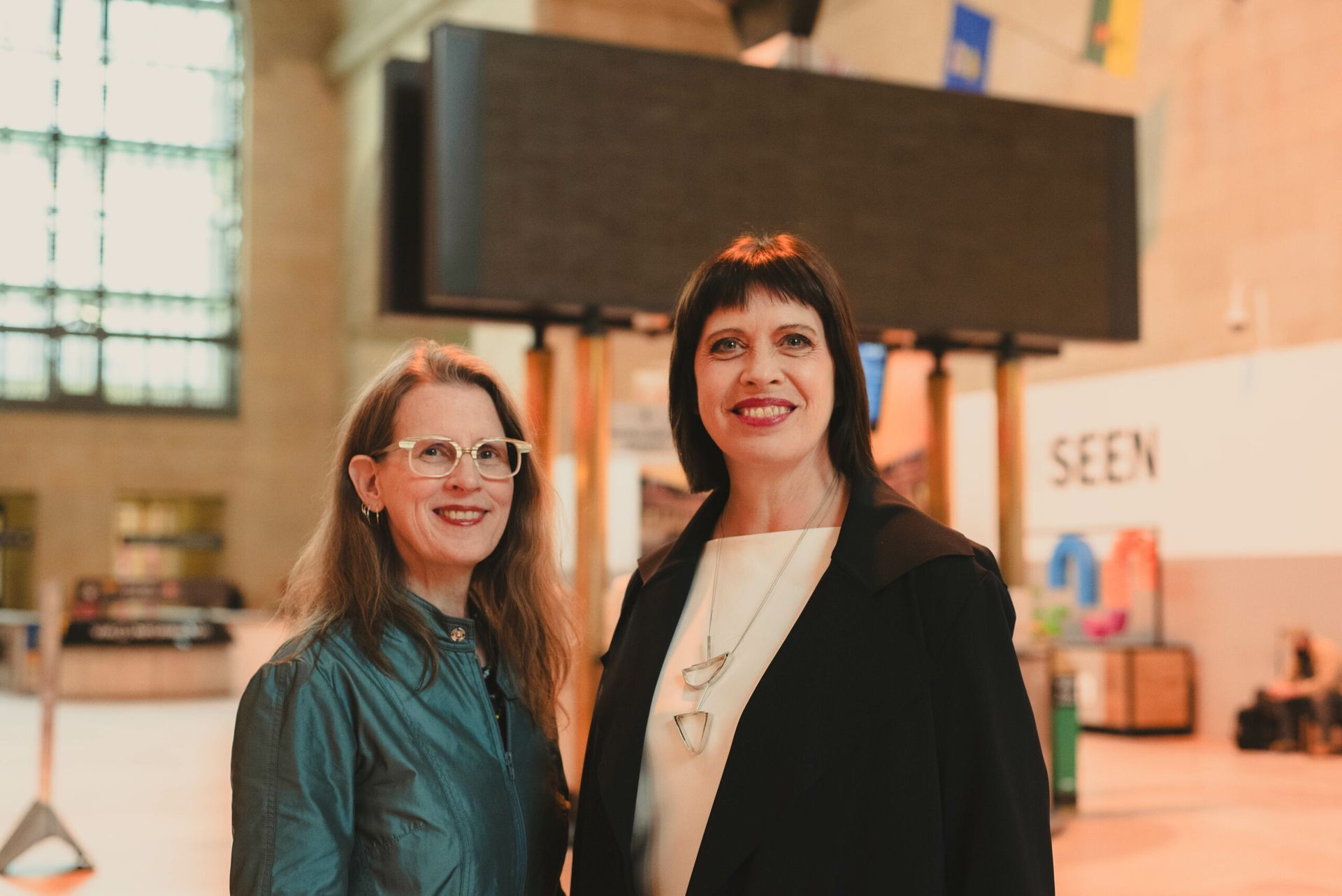
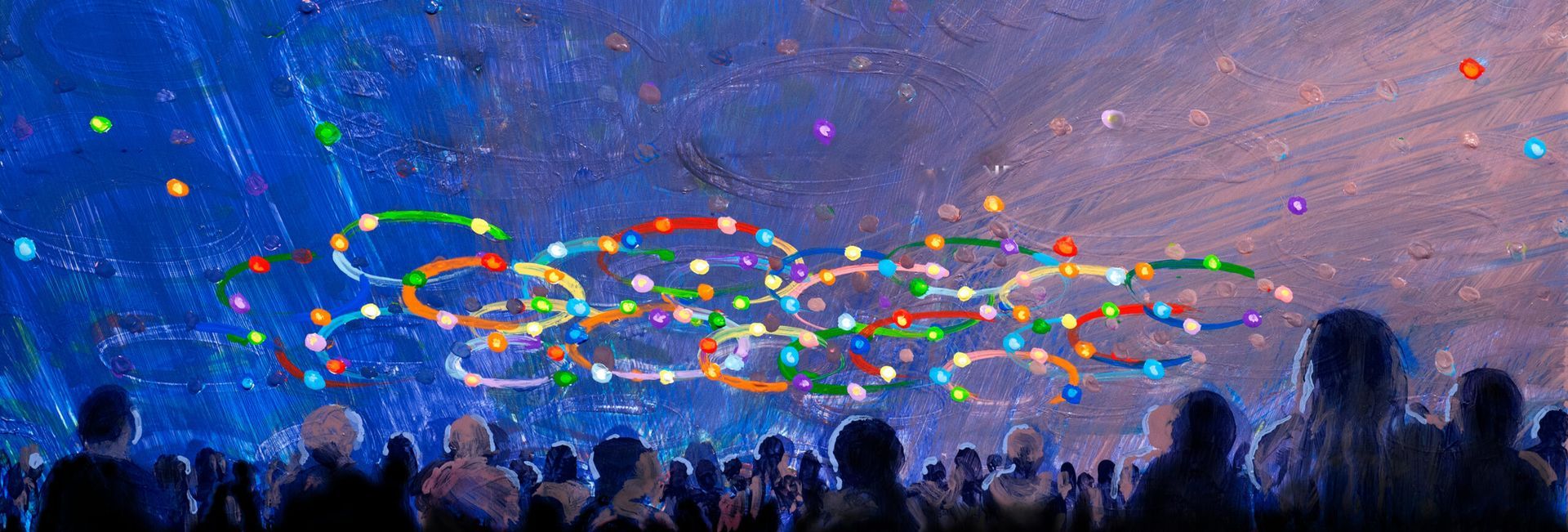
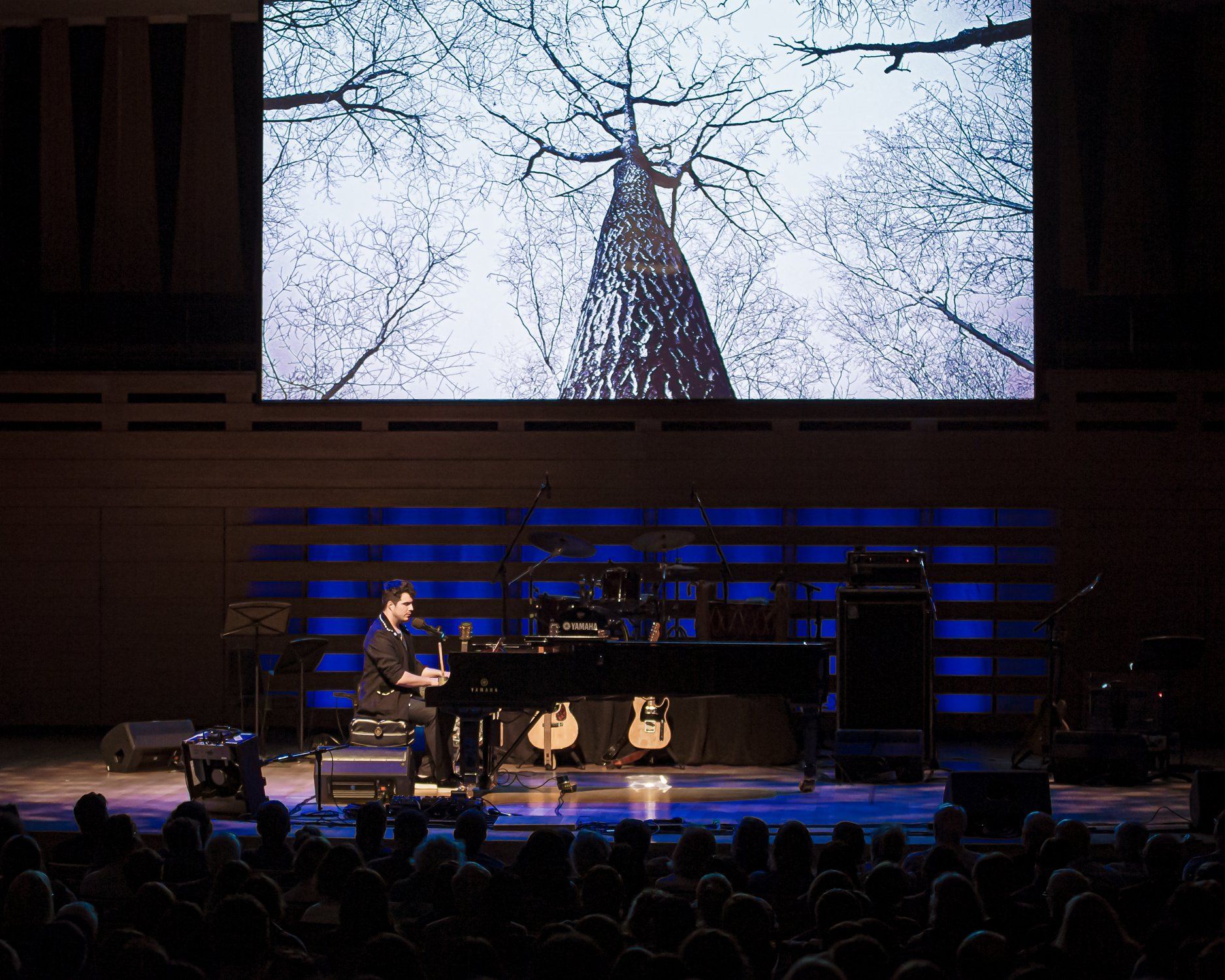



© 2025 Luminato Festival Toronto, All rights reserved.
Privacy Policy
|
Terms and Conditions



 CHIPPEWAR
CHIPPEWAR